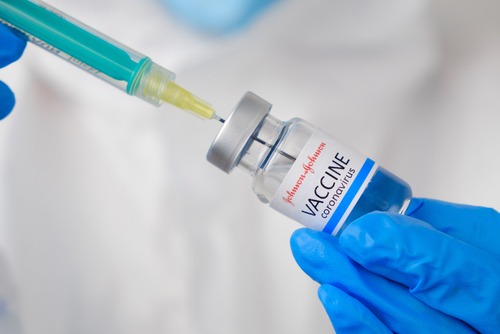
As part of a World Health Organization (WHO) early access clinical program in Sierra Leone, up to 200,000 vaccine regimens from Johnson & Johnson will be distributed among children and adults.
Donated to the WHO for the program, the vaccine regimen already received prequalification from the WHO in April, which will help speed its registration abroad. A new outbreak of Ebola struck Guinea in February 2021, raising fears of another West African surge. So far, at least 23 people have been infected, and 12 have died, prompting WHO and the government of Sierra Leone — which borders Guinea — to move quickly on prevention and containment.
WHO will work together with national governments to create a geographic barrier against the spread of Ebola beyond Guinea. Vaccination will begin among health workers, frontline workers, and others at increased risk of exposure to the virus. It will also allow room for pregnant women and HIV-positive adults.
“Johnson & Johnson’s vision is to help prevent Ebola outbreaks before they start,” said Dr. Paul Stoffels, vice chairman of the executive committee and Chief Scientific Officer of Johnson & Johnson. “WHO Prequalification of our vaccine regimen and the deployment to West Africa are important steps forward in reaching this goal and an important milestone for epidemic preparedness. By working closely with the WHO and national governments, we will be able to quickly support efforts to protect populations at risk and help end this latest outbreak. This proactive approach is essential if we are to solve the growing threat of infectious diseases, including Ebola.”
The vaccine regimen, which consists of Zabdeno and Mvabea, was developed by Janssen Pharmaceutical Companies, a subsidiary of Johnson & Johnson. It worked in collaboration with Bavarian Nordic A/S. Numerous global partners helped co-fund the vaccine, though. Prequalification was granted to it following a multi-country clinical program, including 15 clinical studies conducted across three continents.




